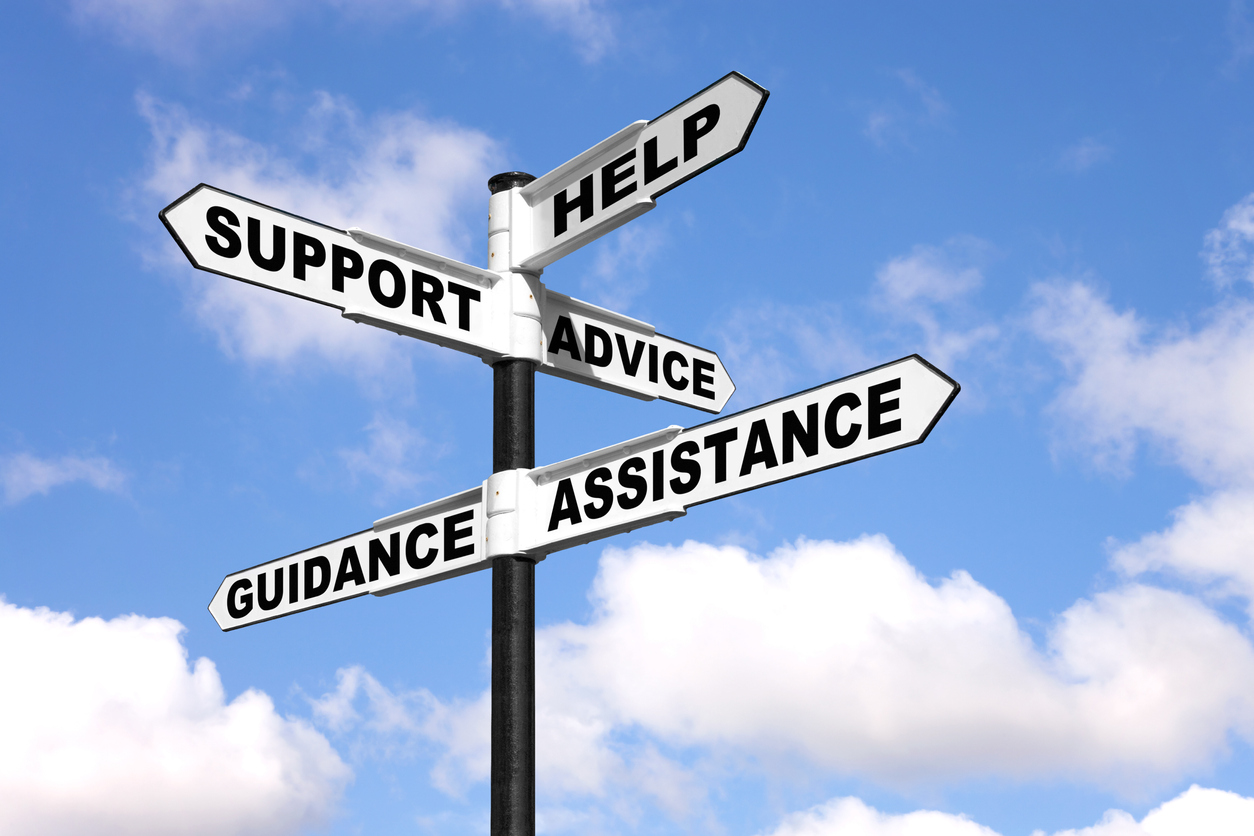Nov 5, 2019

It doesn’t matter how long you have been driving for, a good understanding of the Highway Code road signs or a refresher is a vital component of your driving skill set. This will be especially important if you have just passed your test and aren’t as familiar with every sign there is!
There are hundreds of different road signs and they will all have different meanings however, most will fall into a category based on their shape. For example:
While many road signs may be self-explanatory such as the speed limits, but others may be a bit more difficult to understand. So, we have added some road signs such are commonly misunderstood.
A white circular sign with a single black diagonal stripe through it tells you that the national speed limit applies to the upcoming road. It supersedes any previous speed signs. But what are the national speed limits?
But use your common sense on this, if it’s not safe to do the speed limit, then don’t do it!
This sign is most frequently seen on the UK roads and is designed to warn you of what’s ahead. There are two types of Give Way signs, either with distance in yards to the upcoming junction or with words written in the middle of the sign. These triangles are upside down so it can be recognised if for any reason it becomes defaced.
A red cross with a blue background means you cannot stop under any circumstances. Sometimes there may only be a restriction at certain times of the day.
This is a sign telling you a minor road joins a major one without crossing it, forming the letter T. This will be placed in busy areas to warn you to be careful as vehicles may be stopping to turn. It will also be used to let you know you’re approaching a busy junction.
There are numerous reasons why you might see this sign, such as the road ahead has poor visibility, the road is too narrow to overtake or there’s a high risk of vehicles pulling out from parking spaces or driveways that would increase the chances of a collision.
These are only some of the signs that are commonly misunderstood by drivers, if you feel you need a refresher course on all signs, click here!